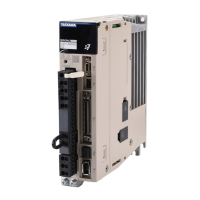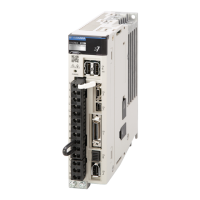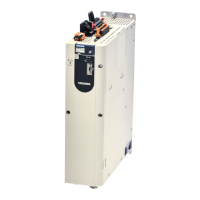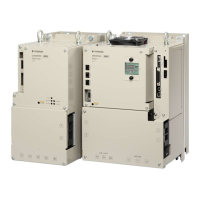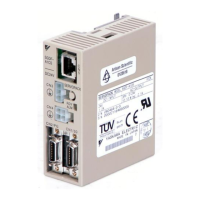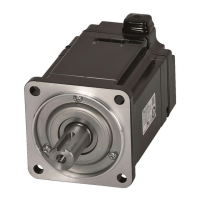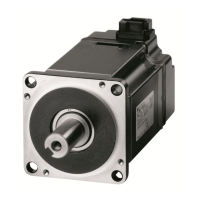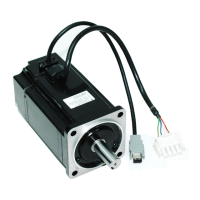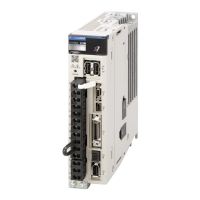For safety function signal connections, the input signal is the 0-V
common and the output signal is a source output.
This is opposite to other signals described in this manual.
To avoid confusion, the ON and OFF status of signals for the safety func-
tion are defined as follows:
ON: The state in which the relay contacts are closed or the transistor is
ON and current flows into the signal line.
OFF: The state in which the relay contacts are open or the transistor is
OFF and no current flows into the signal line.
The input signal uses the 0-V common. The following figure shows a connection
example.
CN8
/HWBB1+
4
3
6
5
/HWBB1-
/HWBB2+
/HWBB2-
0 V
Power supply
Control circuit
Stopped.
Stopped.
Power Module
Motor
Drive signal
SERVOPACK
24-V power supply
Fuse
Switch
Fig. 342: Connection Example - Hard Wire Base Block
12.3.2 Risk Assessment
When using the HWBB, you must perform a risk assessment of the servo system in
advance to confirm that the safety level of the standards is satisfied. Refer to the fol-
lowing section for details on the standards.
Ä
Chap. 1.7 ‘Compliance with UL Standards, EU Directives, and Other Safety Standards’
page 38
To meet performance level e (PLe) in EN ISO 13849-1 and SIL3 in IEC
61508, the EDM1 signal must be monitored by the host controller. If the
EDM1 signal is not monitored by the host controller, the level will be
safety performance level c (Plc) and SIL1.
The following hazards exist even when the HWBB is operating. These hazards must be
included in the risk assessment.
Sigma-7 Series SERVOPACKs
Safety Functions
Hard Wire Base Block (HWBB and SBB) > Risk Assessment
| | PROFINET Communications - SIEP YEUOC7P 02A Revision 0 | en | 468
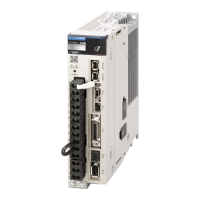
